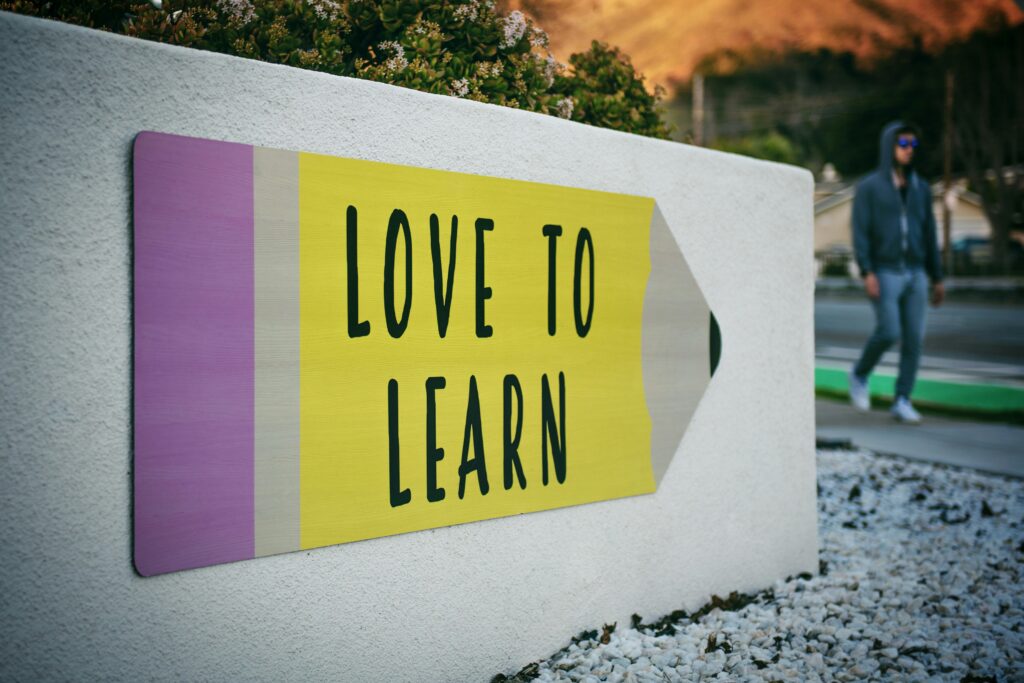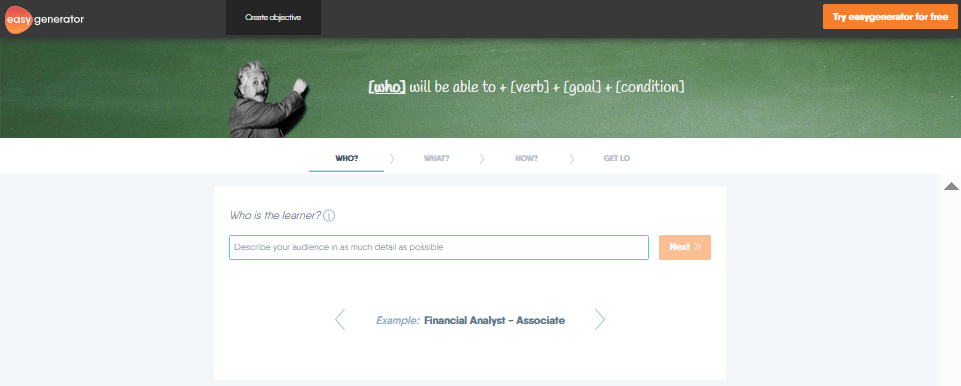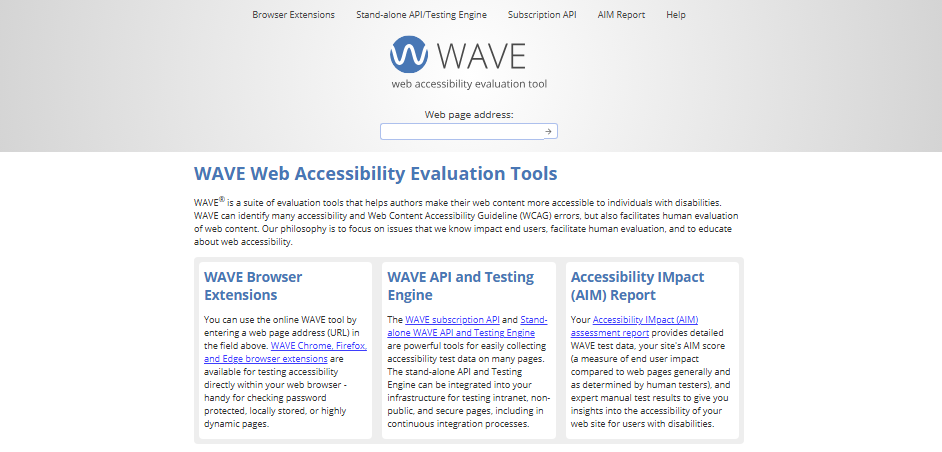When I planned my ESOL classes, I always thought about what learners needed, but I didn’t always know the theory behind my choices. Now I do.
This module showed me how learning theories in instructional design can guide decisions that make learning more engaging, structured, and effective.

Credit: Tim Mossholder on Unsplash
In Module 2 of my digital learning design course, I explored foundational learning theories with fresh eyes. I went beyond the well-known “big three” – behaviourism, cognitivism, and constructivism, and discovered how deeply these theories shape not only classroom practice, but instructional design too.
I realised that many of my past teaching decisions were already rooted in these principles. I just hadn’t named them yet. This module helped me connect the dots between theory, instructional psychology, and the practical choices I make every day as an educator and emerging designer.
Key concepts I took away
I learnt about theories, taxonomies and design principles that underpin effective instructional design. The module centred on behaviourism, cognitivism and social constructivism, and provided useful examples of how these psychological perspectives can inform digital learning.
I found myself eager to draw connections between these theories and my own ESOL teaching practice. While I had already studied learning theories during my initial teacher training, it was mostly through the lens of second language acquisition. The focus on instructional psychology filled gaps and clarified ideas I’d previously only seen in passing during my recent courses on online learning.
Some content was already familiar to me and some of the frameworks I’d used in my regular teaching, such as Bloom’s taxonomy for writing learning objectives, consulting language proficiency scales in ESOL, and using Gagné’s Nine Events for lesson and sequence planning structures. Mayer’s 12 Principles of multimedia learning were not completely new as I am already aware of dual-coding theory on which the principles are based.
New concepts included the SOLO taxonomy, the 4Mat Cycle, Merrill’s First Principles, and scenario-based learning frameworks. The Solo taxonomy will help me write learner outcomes and design learning for the different stages of learning and assessment.
New Insights and Connections from Learning Theories in Instructional Design
I was surprised to learn that not all of these learning theories were developed by psychologists – some came from educators and researchers in other fields. I noticed a lot of overlap between the theories where they have developed simultaneously over the last century, such as constructivism and social constructivism. But also, separate theories have developed over similar timeframes – like humanism and constructivism, or even andragogy and self-determination theories.
Through my research into the foundational learning sciences, I recognised the limitations of behaviourism and cognitivism. As a language learner, I saw very clearly how behaviourism contributes to language learning within socially conditioned contexts, and I understood the role cognitivism plays in learning languages too. I realised that many of the methods I use in class draw on cognitivist, social constructivist, and humanist principles, especially in their shared focus on learner-centred and collaborative learning. This gave me a stronger sense of how my teaching instincts are grounded in theory.
I found that task-based learning methodology in my exam preparation mirrored Kolb’s experiential learning theory. By going through the experience cycle – from task to reflection, feedback and repeating the task, learners improve their performance. Incorporating reflection through the use of success criteria enables students to peer and self-assess, which also draws on humanist learning theory.
The emphasis on peer and self-assessment made me reflect on how central these practices are to social constructivism, where learning is seen as a collaborative, reflective process. In my ESOL classes, I’ve often used peer correction activities, but this chapter helped me see them not just as classroom strategies, but as core components of a learning theory that values autonomy, dialogue, and reflection.
Reading about social constructivist and humanist approaches also reminded me of DogmeELT, an approach I’ve often drawn from in the classroom. Its focus on learner-generated content, emergent language, and dialogue-driven lessons mirrors the values of collaboration, autonomy, and meaningful engagement that both these theories promote. I also noticed links to Bandura’s social learning theory, especially in the way learners observe, model, and reflect on each other’s language. DogmeELT seems to live at the intersection – learning through doing, talking, and noticing together. Exploring how learning theories in instructional design influence approaches like DogmeELT has helped me connect classroom practice with deeper pedagogical principles
You can find a summary of all the theories and frameworks I’ve referenced in this post in my cheat sheet below.
Universal Design for Learning (UDL) is not new for me as I learnt about it on an e-Moderation course I did a few years ago. Ever since, I’ve tried to implement it the best I can, but I didn’t think it was an easy framework to grasp at first. I’ve been delightfully surprised during this course to see countless examples of expected output in a very wide variety of formats. It’s great to see advocated best practice in action.
When I was doing the DELTA Module 3, we were discouraged from looking at examples of other assignments for fear of plagiarism. This is understandable, but both situations have been very different experiences in this respect. In fact, I find that seeing lots of examples helps me envision my own output and that it’s much more achievable.
I’m learning to use Alt text to enhance accessibility. I already make use of captions and transcripts for audio/visual content, and I love that most platforms, including coursebook audio and video, have controls to adjust the speed of speech, crucial for several of my students over the past year. They simply wouldn’t have been able to access the content otherwise.
Another standout topic was visual design, an essential but often overlooked in learning experiences. Some of these principles I already knew such as fonts, shapes, repetition, alignment and proximity of visual design elements. Mayer’s Principles also come in handy here, along with knowledge of cognitive overload and how to reduce it.
What matched to my teaching
The learning theory that struck me the most in resemblance to my teaching experience was humanism. I remember being introduced to Maslow’s Hierarchy of Needs when I first started working with adults as a job search tutor. I’d also say that ESOL programmes also lean heavily on humanism. How can it not be important to create psychological safety for these learners who have, for the most part, escaped dangerous situations in their countries?
While UDL isn’t a learning theory in itself, I was struck by how closely it aligns with humanist principles, especially its emphasis on learner autonomy, personal relevance, and inclusive design. It reminded me that design decisions aren’t just technical; they reflect values about who learning is for and how it should feel.
Where I still have questions
The chapter took much longer to complete than anticipated due to breadth and depth of the topic. I’m interested in learning more about accessibility, for example, ensuring the VLE interface is customisable and compatible with assistive technology, and accessible colour schemes for highlighting text.
I’d also like to explore visual design further such as using colours together, how to group colours effectively and use them in balanced proportions. Learning graphic design in more detail would also be useful but this will come at a later date.
Putting Learning Theories in Instructional Design Into Practice
After all the digging and research, I now feel ready to start learning to use the technology and the frameworks to build something tangible. I have the foundation on which to base my designs and have developed my toolkit for designing learning. I know I will be able to impact more learners if my design is rooted in instructional psychology and design principles.
I’m looking forward to designing learning consciously using Bloom’s levels of learning, testing Mayer’s principles when creating e-learning, and trying to map a future project to Gagné’s Nine Events.
It’s encouraging to see my teaching instincts now grounded in solid theory, and I’m excited to keep building on that foundation as I move into design.
Tools

One tool I’ve found helpful is this Learning Objective Generator – useful for double-checking that learning objectives are aligned, clear, and measurable.

Another useful tool to test the accessibility of your website is this Wave Accessibility Evaluation Tool – I found this useful to check my Alt text is displayed correctly.
Grounding my work in learning theories in instructional design gives me a solid foundation for creating courses that are both pedagogically sound and learner-centred.
What learning theories guide your practice? And how do you bring them to life in your designs? I’d love to hear what resonates with you.